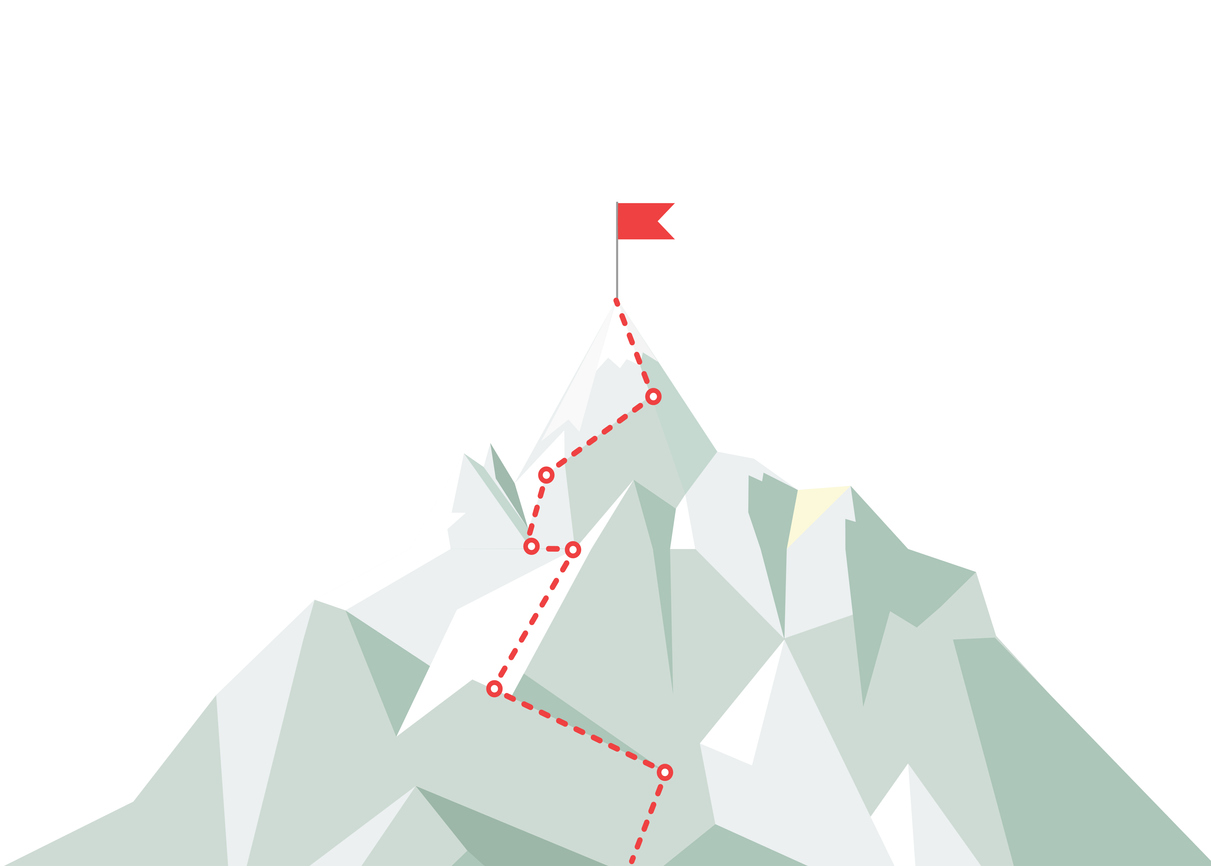One of the most common questions we get asked by product teams is “we’ve already done market research; do we really need to do user research, too?".
If you’re designing a digital product or service, most likely, the answer would be: Yes - you do need both market research and UX research!
Typically, you’ll need market research first, then user research.
By the end of this post, you’ll learn why that’s so and hopefully have enough evidence to support your request if you’re currently facing an internal battle to get buy-in for a UX research project.
But first, if you’re currently wondering, “What is UX research, anyway?”, Here’s a quick definition to ensure that we’re all on the same page:
What is User Experience (UX) Research, and why do I need it?
Sometimes referred to as user research or UX research, user research refers to the methods used to get user insights or feedback as part of the broader UX Design process.
It includes techniques such as user interviews, usability testing, ethnographic research, etc. and helps ensure that users’ needs are at the centre of design solutions.
The ultimate goal of UX research is to uncover the necessary insights to allow designers to make products or services that improve the lives of the people using them.
What’s the difference between market- and user research?
The main difference between market research and user research is that market research has a commercial focus (How to attract customers and what we need to do to sell a product or service), whilst UX research has a user focus (How to make this product or service usable and desirable).
As such, market research focuses on customers (or prospects) - i.e. the person or team purchasing the product or service - which may not always be the end user (the person or team using the product).
This is an important distinction because what a customer wants and what a user needs may be two different things (and is also a common reason why focus groups result in bad product design).
Why you need both market research and user research
At Fruto, when we start working with new clients, if it’s unavailable, we will do some market research to act as background information and help us understand in which channels customers can be found and how they access the product.
Market research is also valuable for us as a starting point as it helps us understand if what the client thinks is happening is what the users themselves say is happening.
But whereas market research might tell a business whether it has a good product-market fit, user research looks beyond the product to find opportunities to make it (even) better.
By understanding user behaviours, we can best understand opportunities for improvement, giving businesses a two-fold advantage:
Finding innovative opportunities
Gaining competitive advantage
So, yes, there is overlap, but UX research looks more at how customers interact with the product or service.
User research provides deeper insights into user behaviours
It’s also important to note that whereas market research data is largely segmented by demographics, user research groups are defined by users’ shared needs and goals.
If we are to design a usable product, we need to properly understand the workflow and goals of its various user groups - and market research doesn’t go into nearly enough detail about this.
UX research, however, offers insights into human behaviour and helps uncover a user's hidden actions, such as leaving the product to use other/alternative tools.
Likewise, unlike UX researchers - who are (usually) closely involved with actual product design - those conducting market research usually have very little to do with the people/teams developing the product.
So unless you have a dedicated Product Marketing Manager (or strong design-led culture) in your organisation, it’s likely that essential user insights aren’t being communicated effectively when it comes to influencing design decisions.
User research uncovers more impactful design opportunities
User research also allows you to think more creatively about a product because, as UX Researchers, we step back from the product and focus on the user. We ask, “is it possible?” and challenge things that market researchers might not (if it isn’t essential for their positioning).
Likewise, because the marketing approach focuses on building awareness and market fit, it almost always focuses exclusively on the ‘positives’ for the customer.
As such, market research is unlikely to (proactively) talk about any negative aspects of the customer/user experience. But in these areas, the UX Researcher will find out how to best meet users’ needs in a broader sense.
Another way to think about it is that whereas market research can help attract new customers, user research helps to retain them.
Market research helps answer questions such as:
How do we attract buyers?
What would make this audience buy more?
Common user research questions include:
How do we help users achieve their goals?
How do we streamline the journey, so users complete their tasks more efficiently?
Doing both market and user research provides value because they have different perspectives.
Market Research (Customers) | UX Research (Users) |
Commercial focus | User focus |
Audience research | Behaviour research |
Groups target audiences based on market segments & demographics | Groups target audiences based on their needs |
Uncovers customer wants | Uncovers user needs |
Often quantitative data / large groups | Often qualitative data / small groups |
User-friendly products are built on user-centred research
Market research helps your business define its target markets (who you're selling to, their segments and demographics, how to position your product and service, and how to price it). In contrast, UX research defines how to design the product or service so that they are satisfied throughout their experience with your brand (from initial contact with your brand to achieving their goals).
So although market research might help you get the right product-market fit, without user research, you risk designing products that are clunky and ineffective - which may lead to a loss of competitiveness in the market since users’ expectations are only rising.
The bottom line is for you to design products that customers love to use; you need to put their needs at the heart of your design. And to get that insight, you need to speak to end-users and invest in user research.
Need more help getting internal buy-in for user research? We’re here to help.





